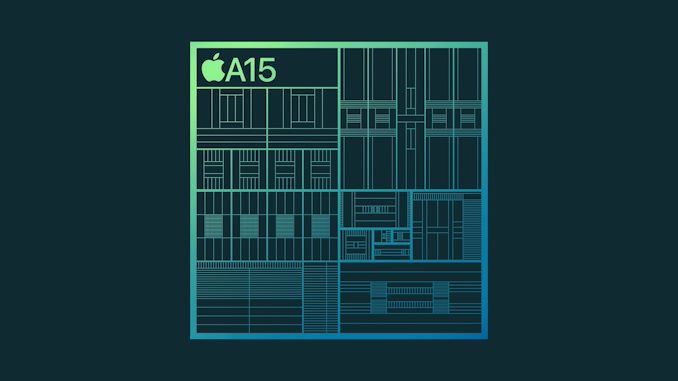Jimmyjames
Site Champ
- Posts
- 772
- Reaction score
- 872
So that makes me even more curious about the results presented in the geekerwan video. I really enjoyed their review and they are the only ones who do this kind of analysis.Yep, I already figured that by using google translate on the Chinese captions. Although I wonder how they measure CPU power consumption. AFAIK there is no supported way of doing that? Mainboard power is probably easier — as one can measure it on the PSU with some luck/skill.
At the same time, I wonder how they were able to measure in-core performance.

